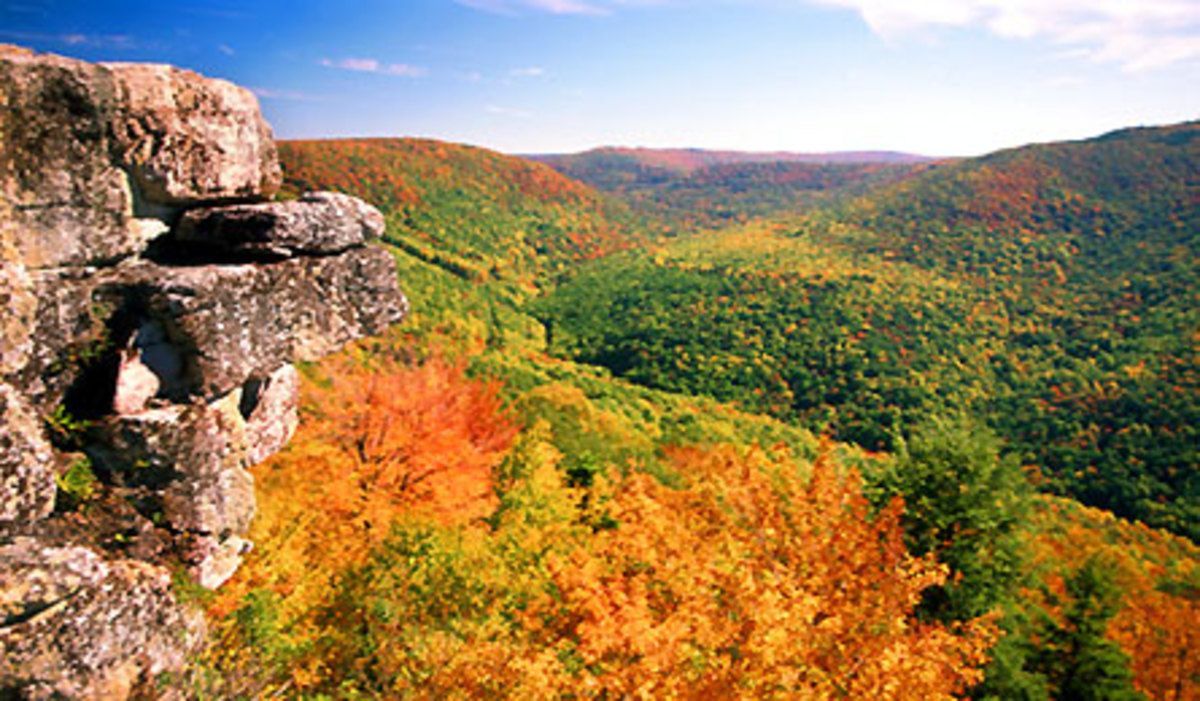Early one morning in late May, the thermometer read 38°F as I stepped out of my tent in West Virginia’s Cranberry Wilderness. The air was cool and fresh — perfect weather for trout fishing. This area stays chilly because of its high elevation, ranging from 2,400 to over 4,600 feet above sea level.
Every spring, my father and I take the winding roads through rural West Virginia to reach the Cranberry and Williams rivers. This vast wilderness covers nearly 48,000 acres and is known for its peaceful surroundings and delicious spring treasures — trout, ramps, and wild morels. We spend a few days camping, fishing, hiking, and searching for mushrooms.
But Cranberry Wilderness is not just a spring destination. Summer is ideal for hiking and biking through its 135 miles of trails surrounded by moss, rivers, and waterfalls. The area offers a true sense of solitude and untouched natural beauty.
For bikers, there’s a gated gravel road along the Cranberry River that’s closed to cars and lined with camping shelters. Nearby, the Tea Creek Wildlife Management Area has another 45 miles of scenic trails perfect for backpackers.
Some trails, like the ones leading to Big Beechy Falls, are harder to reach but reward you with incredible views. The wilderness even hides a piece of history — the site of a 1995 plane crash that remains a quiet memorial.
Don’t miss the Cranberry Glades Botanical Area, a unique bog filled with rare plants and vibrant red cranberry bushes in fall.
#CranberryWilderness #WestVirginia #FallGetaway #TravelUSA #NatureLovers #HikingTrails #FishingAdventure #TroutFishing #MountainEscape #OutdoorTravel #ExploreWestVirginia #AutumnVibes #PeacefulPlace
